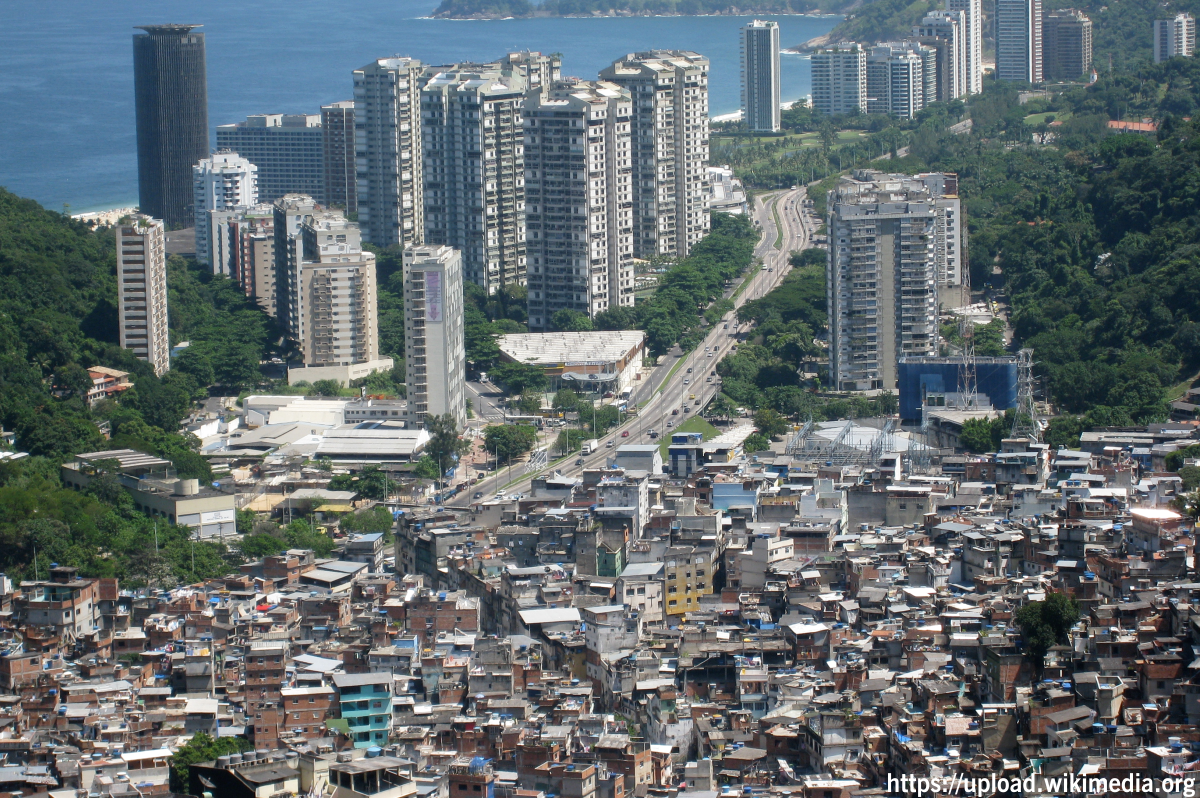 Slums have constituted a considerable part of urban landscape of India cities as well as other developing cities in the world. Cities on account of better employment opportunities have always attracted migrant workers from rural and other smaller towns in big volume. Nevertheless, not all the migrant workforce can afford high quality accommodation and hence many of them are forced to reside in slums, which are generally unhygienic and unorganized.
Slums have constituted a considerable part of urban landscape of India cities as well as other developing cities in the world. Cities on account of better employment opportunities have always attracted migrant workers from rural and other smaller towns in big volume. Nevertheless, not all the migrant workforce can afford high quality accommodation and hence many of them are forced to reside in slums, which are generally unhygienic and unorganized.
Slums: Abysmally low quality of life
Generally built on public places, slums have been source of multiple challenges ranging from poor hygiene conditions to congestion in the city. Residents of slums are exposed to extremely lower quality of living. Over 80% of slums in India lack public toilets, which leads to open defecation. Likewise, 71% of slums throw garbage in open areas, thereby not only leading to highly unhygienic situations but also creating city wise epidemic. Similarly government estimates indicate that over half of the slums are devoid of proper road and drainage system.
Slum Rehabitation
Hence, in the recent time in order to solve the problems associated with slums, government has introduced powerful Slum Rehabitation (SR) projects that can simultaneously offer hygienic accommodation to the inhabitants and also free up the large parcels of land for other meaningful development. Though SR has been present since independence, it has picked up pace in the recent time.
In terms of the scope of Rehabitation activities, subsequently there has been considerable changes in the overall scope of the scheme. Initially slum dwellers also used to contribute in the process in return of permanent dwelling units. However now days, emphasis is on the provision of free dwelling units to the inhabitants. The land is provided to developers in which the developers have to prepare housing units for the inhabitants. The developers are given the privilege to use higher FSI so that post development of the housing units, substantial part of the land is left that can be used by the developer for commercial purpose thereby reaping economic benefits. In order to make the overall process participatory, it is essential that a certain percentages of slum inhabitants (Generally 70%) show their consensus towards the SR project.
Benefits of Slum Rehabitation
There are multiple benefits associated with SR
- Provide a permanent asset to the slum dwellers. Likewise offer healthy and hygienic accommodation to the slum dwellers.
- It can also help them bring them closer to the main stream of the society by offering a permanent structure.
- The overall model is financially viable and requires no government funding. The additional land freed up after building houses can be used for commercial and other residential activities.
- The freed up land can also be used for infrastructure and civic amenities thereby helping a city effectively solve its sanitation, transport and water supply problems.
- The overall scheme also helps the government with higher taxes that can be further channelized into developmental activities.



